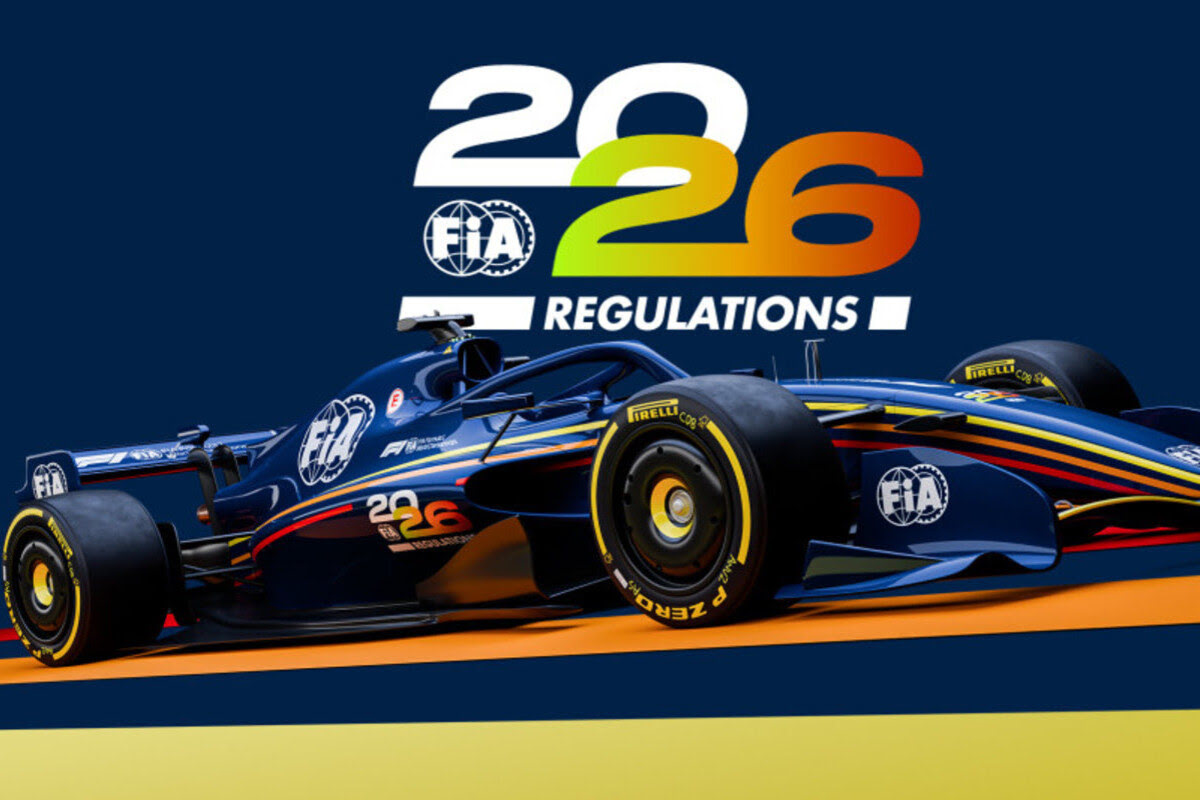Different concepts and more freedom for F1 teams: how 2026 regulations are changing

11/10/2024 06:52 AM
While the 2024 driver and constructor championships are fiercely contested on the track, behind the scenes, preparations continue for the next technical cycle. The World Motorsport Council's October meeting approved initial changes to the 2026 regulations, with the final version expected by year's end. Significant strides have been made regarding performance and flexibility in design, with team principals expressing approval for the upcoming changes.
Enhanced Performance
According to the first draft of the 2026 regulations, the new cars were originally set to generate 40% less aerodynamic downforce than current models. This reduction was aimed at accommodating the new power units, which will produce 50% of their power electrically, necessitating a decrease in drag to keep fuel consumption under control. However, the FIA and teams have reached a more balanced compromise, expanding, for example, the surface area of the front wing, adjusting the diffuser's ramp angle, and reintroducing front endplates similar to those used up to 2021.
The result is an impressive 50-point increase in downforce compared to the initial draft, bringing overall downforce to only about 15% less than current levels. This adjustment will provide better balance between cornering and straight-line performance. "I think that, in terms of cornering speed, the simulations are now much more convincing," commented Andrea Stella. "The changes could still deliver exciting races and maintain Formula 1 as the pinnacle of motorsport. The level of downforce now seems to be in a more optimal range."
More Freedom for Designers
The performance boost is just one part of the regulatory improvements, according to Williams' team principal, James Vowles. "Now we have much more freedom to explore these regulations. And with that freedom comes increased performance," he said. While ground effect will still play a role in 2026, its importance will be somewhat reduced compared to current regulations, as the FIA aims to ensure a higher ground clearance to prevent porpoising issues.
With the floor still central but less dominant than before, teams will have more room to experiment with the shapes of other aerodynamic components. "Now, we have more freedom in areas where different approaches can be explored," James Vowles continued. "There are more flow-control elements available, which ensure downforce while also allowing for greater differentiation among teams. What's very encouraging is that there's still room to innovate around the diffuser."
According to James Vowles, the recent adjustments will increase the number of bargeboards, flow deflectors, and vortex generators, along with providing options for shaping the floor edge. This change, however, may affect the size and cleanliness of the car's wake, potentially impacting the ability to closely follow another vehicle. Beyond these details, though, the increased design freedom will lead to more visible, macro-level differences between cars. "Instead of teams working within millimeters, we'll now see truly different concepts. Personally, I think this is a great move for the sport," James Vowles added.
Rising Satisfaction
Andrea Stella echoed James Vowles' support, saying, "We welcome the increased freedom. I believe this gives teams the chance to utilize their expertise and methodologies. The skills we've developed over the years, even with different regulations, are a way to create meaningful differentiation. We've always advocated for this approach and welcome the fact that we'll have more freedom."
The work isn't over yet, as the FIA and teams are still running simulations to finalize the new regulations. Starting in January, teams will be free to launch their design projects, but suppliers like Pirelli and Brembo also need the finalized parameters to complete their development of tires and brakes. "We still have a few weeks of work ahead," Andrea Stella added. "We hope to meet our goals to ensure great racing and a high level of overall performance, matching the expectations we all have for a Formula 1 car."
The post Different concepts and more freedom for F1 teams: how 2026 regulations are changing appeared first on Scuderia Fans.


